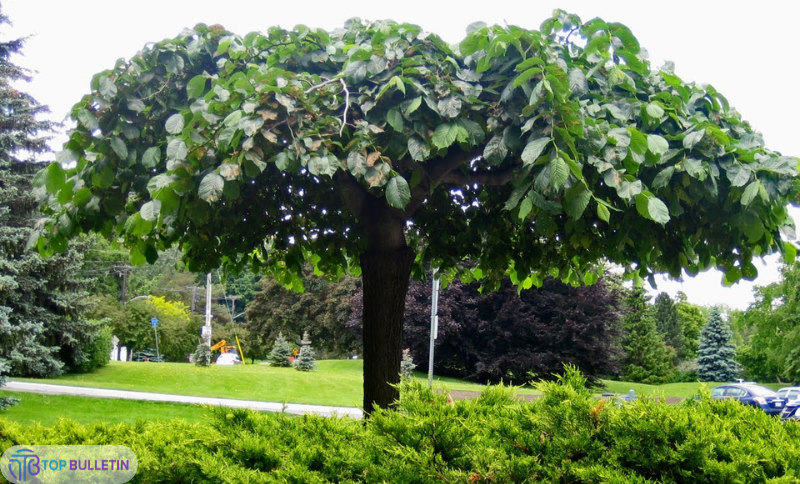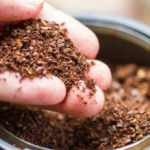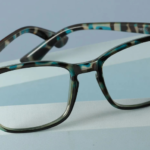If you’re searching for a plant that’s both visually stunning and easy to care for, the umbrella_tree might just be your new favorite. Known for its glossy green leaves that fan out like an umbrella, this plant instantly brings a tropical vibe into any room or garden. In fact, the umbrella tree isn’t just a houseplant; it’s a conversation starter, a mood booster, and even an air purifier.
Whether you’re growing a dwarf umbrella_tree indoors or nurturing an umbrella tree outdoor, this article covers everything you need. So, let’s dig into all the essential facts about the umbrella_tree and how you can make yours thrive!
What Is an Umbrella Tree?
 The umbrella_tree (botanically known as Schefflera) is a popular evergreen plant that belongs to the Araliaceae family. It’s native to tropical regions like Australia and New Guinea, but it’s commonly grown indoors worldwide.
The umbrella_tree (botanically known as Schefflera) is a popular evergreen plant that belongs to the Araliaceae family. It’s native to tropical regions like Australia and New Guinea, but it’s commonly grown indoors worldwide.
There are two main types you’ll come across:
-
Umbrella Tree (Schefflera actinophylla) – Also known as the Australian umbrella tree, this variety can grow quite tall and is suitable for larger spaces or outdoor planting.
-
Dwarf Umbrella Tree (Schefflera arboricola) – A smaller, more compact version, perfect for desks, tabletops, or cozy corners.
Both types feature glossy, oval-shaped leaves arranged in a circular pattern that resembles an open umbrella—hence the name.
Why Choose an Umbrella Tree?
Choosing an umbrella_tree plant comes with several benefits:
-
🌿 Low maintenance and beginner-friendly
-
🧪 Improves indoor air quality
-
🎍 Adds tropical aesthetics to any space
-
🌤 Adapts well to different lighting conditions
-
💧 Only requires watering once a week in most cases
Because of its adaptability, it’s ideal for busy people, plant novices, or anyone looking to green up their space without the stress.
Umbrella Tree Indoor vs Outdoor
Indoor Growing
When kept indoors, the dwarf umbrella_tree is most common. Its manageable size and elegant foliage make it a favorite for living rooms, offices, and even bathrooms.
Tips for Indoor Care:
-
Keep in bright, indirect sunlight
-
Use well-draining potting soil
-
Water when the top inch of soil feels dry
-
Wipe the leaves regularly to remove dust
Outdoor Growing
The umbrella_tree outdoor setup works best in warmer climates (USDA Zones 10-12). It can grow up to 50 feet tall in its natural environment!
Tips for Outdoor Care:
-
Plant in partial shade to full sun
-
Space properly to allow air circulation
-
Watch out for invasive growth in non-native environments
-
Protect from frost or cold snaps
Dwarf Umbrella Tree Care Guide
If you’re planning to raise a dwarf umbrella_tree, here’s what you need to know:
Light
Place it in a bright spot, but avoid direct sunlight which can scorch its leaves.
Watering
Water thoroughly, but allow the soil to dry between watering. Overwatering can lead to root rot.
Humidity
They thrive in moderate humidity, but occasional misting helps, especially during dry winters.
Pruning
Trim back long stems to encourage bushier growth. Remove dead or yellowing leaves regularly.
Fertilizer
Use a balanced liquid fertilizer every 2–4 weeks during the growing season (spring/summer).
Common Problems and How to Fix Them
Like any plant, the umbrella_tree can run into a few issues. Luckily, most are easy to fix!
Drooping Leaves
Cause: Overwatering or poor drainage
Solution: Let the soil dry and ensure proper drainage.
Leaf Spots
Cause: Fungal infection or water sitting on leaves
Solution: Avoid overhead watering and prune affected areas.
Yellowing Leaves
Cause: Underwatering or low humidity
Solution: Check moisture levels and mist more often.
Pests
Common Invaders: Spider mites, aphids, scale
Solution: Use insecticidal soap or neem oil.
Is the Umbrella Tree Toxic?
Yes, the umbrella tree plant is considered toxic to pets (cats and dogs) if ingested. It contains calcium oxalate crystals, which can cause oral irritation, vomiting, or difficulty swallowing. Always place your plant out of reach from curious pets.
How to Propagate an Umbrella Tree
 Want to multiply your plant? Propagation is simple:
Want to multiply your plant? Propagation is simple:
-
Take a cutting: Snip a healthy stem with several leaflets.
-
Dip in rooting hormone (optional).
-
Plant in moist potting mix.
-
Cover with a plastic bag to maintain humidity.
-
Place in indirect light and wait 4–6 weeks for roots to form.
Propagation not only helps expand your plant family but also gives you a great gift idea!
Cultural Reference: “Under the Umbrella Tree”
Interestingly, while the term “umbrella tree” usually refers to the plant, it also holds nostalgic value for many people. In fact, during the late 1980s and early 1990s, a Canadian children’s television show called Under the Umbrella Tree became quite popular. As a result, the phrase evokes warm childhood memories for viewers who grew up watching the adventures of Holly and her puppet friends.
Moreover, although the show has no direct connection to the actual umbrella tree plant, the shared name often sparks curiosity among plant lovers and retro TV fans alike. Consequently, the phrase now carries a dual identity — representing both a beloved houseplant and a piece of wholesome television history.
Therefore, when someone mentions the umbrella tree, they could be referring to either the lush green plant brightening up a room or the comforting show that aired during Saturday mornings. In either case, it’s a reminder of how language and culture beautifully intertwine over time.
Seasonal Umbrella Tree Care Tips
Each season calls for small adjustments:
-
Spring/Summer: Active growth; fertilize monthly and water more frequently.
-
Fall/Winter: Growth slows; reduce watering and skip fertilizer.
Always watch your plant’s behavior and adjust based on what it “tells” you through its leaves and soil.
Bio Table:
| Plant Name | Umbrella Tree (Schefflera) |
|---|---|
| Common Varieties | Dwarf umbrella tree, Australian umbrella tree |
| Origin | Australia, New Guinea |
| Indoor or Outdoor | Both (indoor preferred in cold zones) |
| Toxic to Pets | Yes |
| Light Requirements | Bright, indirect light |
| Water Needs | Moderate (weekly) |
| Growth Height | 3–6 feet (indoor), 50+ feet (outdoor) |
| Ideal USDA Zone | 10–12 |
| Popular Use | Indoor decor, office plant |
| Cultural Mention | Under the Umbrella Tree (TV Show) |
| Propagation | Via stem cuttings |
Conclusion
The umbrella_tree is far more than just a pretty plant — it’s a resilient, low-maintenance beauty that fits into almost any home or garden. Whether you choose the full-size or dwarf umbrella_tree, you’re welcoming nature indoors with grace. From its lush green leaves to its adaptability and ease of care, it’s a great pick for both beginners and seasoned plant parents.
As long as you follow proper umbrella_tree care, this tropical gem will continue to thrive for years, offering beauty, freshness, and maybe even a little nostalgia — especially if you remember Under the Umbrella_Tree from childhood.
So go ahead, pick one up and bring a little greenery under your own umbrella.
FAQs
1.What is the best location for an umbrella tree indoors?
Place it near a bright window with filtered light. Avoid direct sun to prevent leaf burn.
2.How often should I water my umbrella tree?
Water once a week or when the top inch of soil feels dry. Be cautious not to overwater.
3.Can I grow an umbrella_tree outdoors?
Yes, but only in USDA zones 10–12 where the temperature doesn’t drop below freezing.
4.Is the umbrella tree safe for pets?
No, it’s toxic to pets if ingested. Keep out of reach of cats and dogs.
5.How do I make my umbrella tree bushier?
Prune long stems regularly and ensure it’s getting enough light and nutrients.






